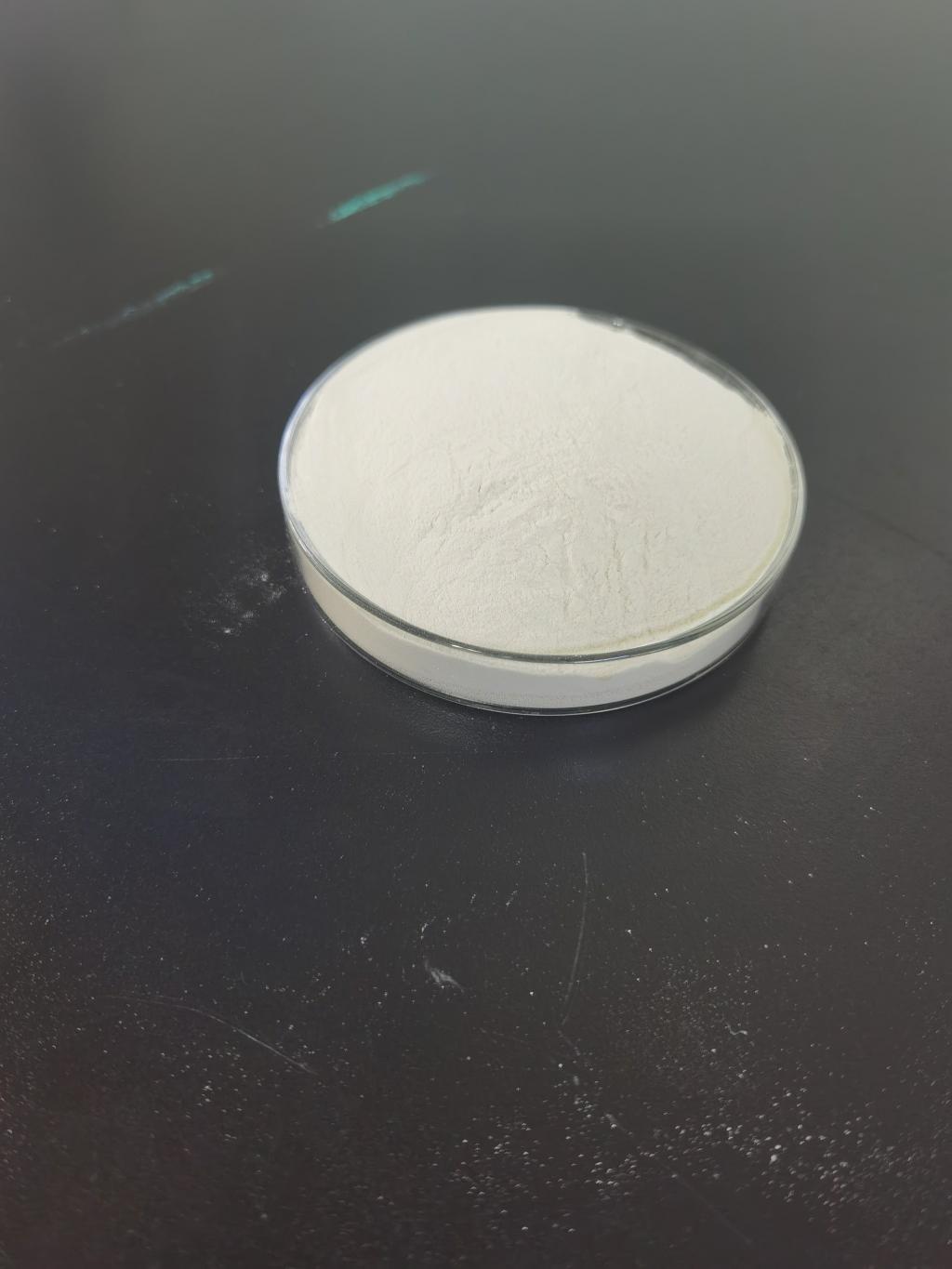Tel:0086 18231198596

News
Antimicrobial coatings with Nisin.
TIME:2024-05-11
1. Development of Nisin-Based Antimicrobial Coatings:
Formulation strategies: Various methods, including encapsulation, immobilization, and incorporation into coatings matrices, are employed to incorporate nisin into antimicrobial coatings.
Compatibility with substrates: Nisin-based coatings can be applied to a wide range of substrates, including plastics, paper, metals, and ceramics, without compromising their mechanical or barrier properties.
Stability and shelf-life: Strategies to enhance the stability and shelf-life of nisin-based coatings, such as the use of stabilizers and protective coatings, are essential for commercial viability.
2. Mechanism of Action:
Disruption of bacterial cell membranes: Nisin interacts with lipid II, a precursor in bacterial cell wall synthesis, leading to membrane disruption and cell death.
Synergistic effects: Nisin exhibits synergistic activity with other antimicrobial agents, enhancing its effectiveness against a broader spectrum of bacteria.
3. Applications in Food Packaging:
Extended shelf-life: Nisin-based coatings on food packaging materials inhibit the growth of spoilage and pathogenic bacteria, thereby extending the shelf-life of perishable food products.
Freshness preservation: Antimicrobial coatings maintain the freshness and quality of fruits, vegetables, and other fresh produce by preventing microbial contamination during storage and transportation.
Safety assurance: The use of nisin-based coatings provides an additional layer of safety assurance against foodborne pathogens, reducing the risk of foodborne illnesses.
4. Regulatory Considerations:
Safety assessment: Nisin has been evaluated for safety by regulatory agencies worldwide and is approved for use as a food additive.
Compliance with regulations: Manufacturers of nisin-based antimicrobial coatings must ensure compliance with regulatory requirements, including maximum residue limits and labeling regulations.
5. Future Prospects and Challenges:
Enhanced efficacy: Ongoing research aims to optimize the formulation and delivery of nisin-based coatings to enhance their antimicrobial efficacy while minimizing potential interactions with food components.
Market acceptance: Increasing consumer awareness and acceptance of nisin-based antimicrobial coatings are crucial for their widespread adoption in the food packaging industry.
Sustainability: Nisin-based coatings offer a sustainable alternative to synthetic antimicrobial agents, contributing to the reduction of chemical additives in food packaging materials.
Conclusion:
Nisin-based antimicrobial coatings hold great promise for enhancing food safety, quality, and shelf-life by inhibiting microbial growth on packaging materials and surfaces. With their natural origin, broad spectrum of activity, and safety for human consumption, these coatings represent a sustainable and eco-friendly solution for the food packaging industry. Continued research and development efforts are needed to optimize the performance, regulatory compliance, and market acceptance of nisin-based antimicrobial coatings, paving the way for safer and more sustainable food packaging solutions.

 CONTACT
CONTACT




